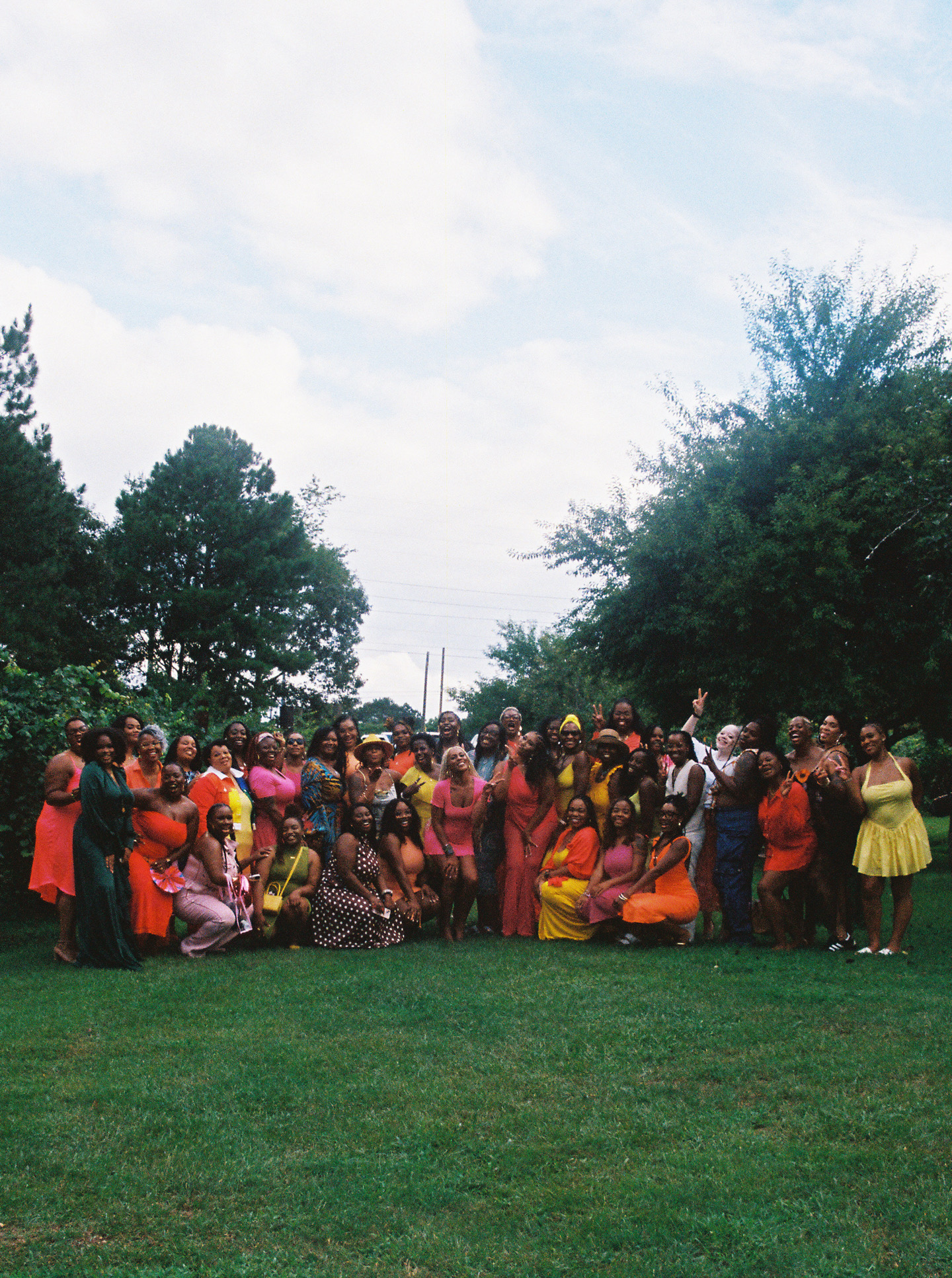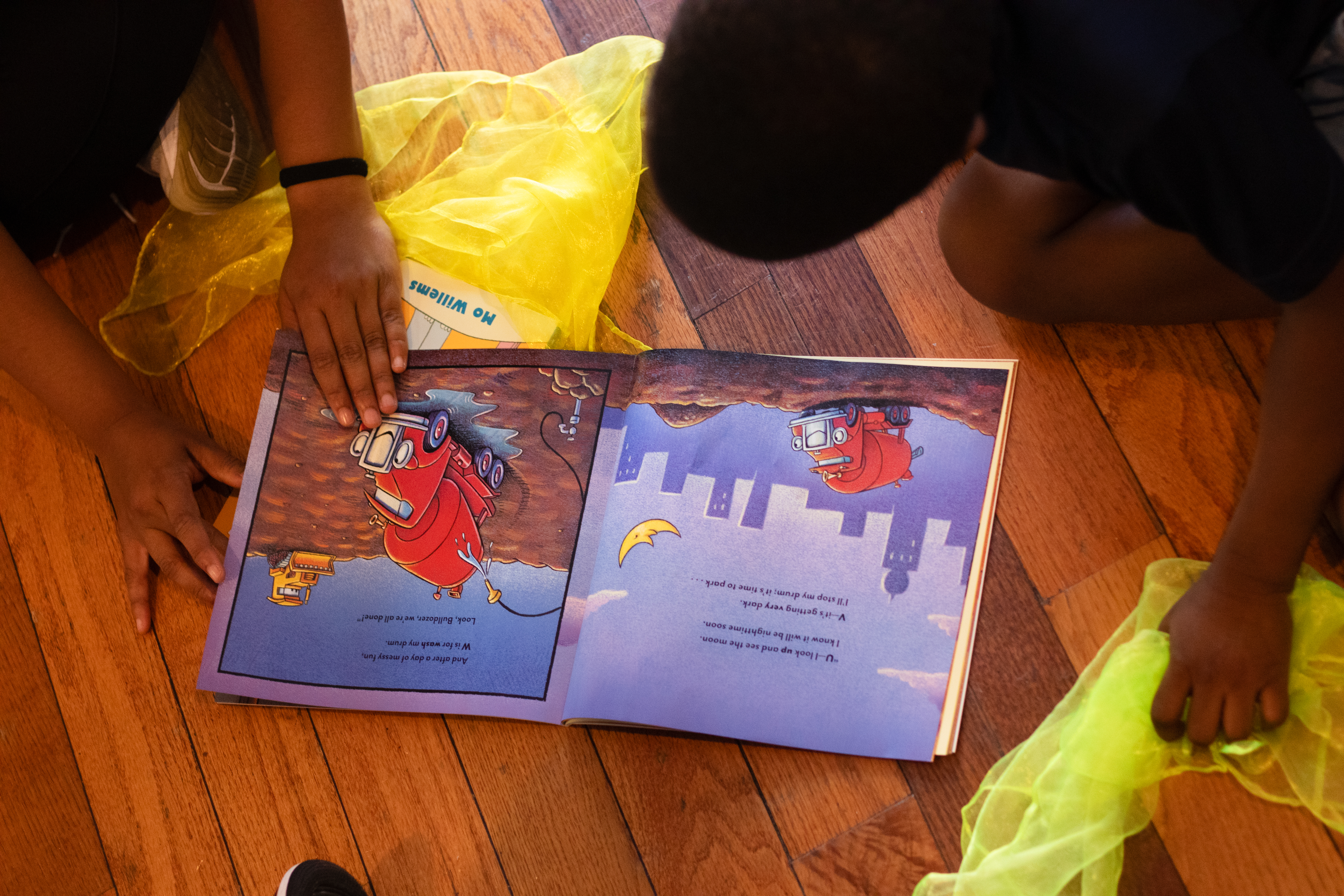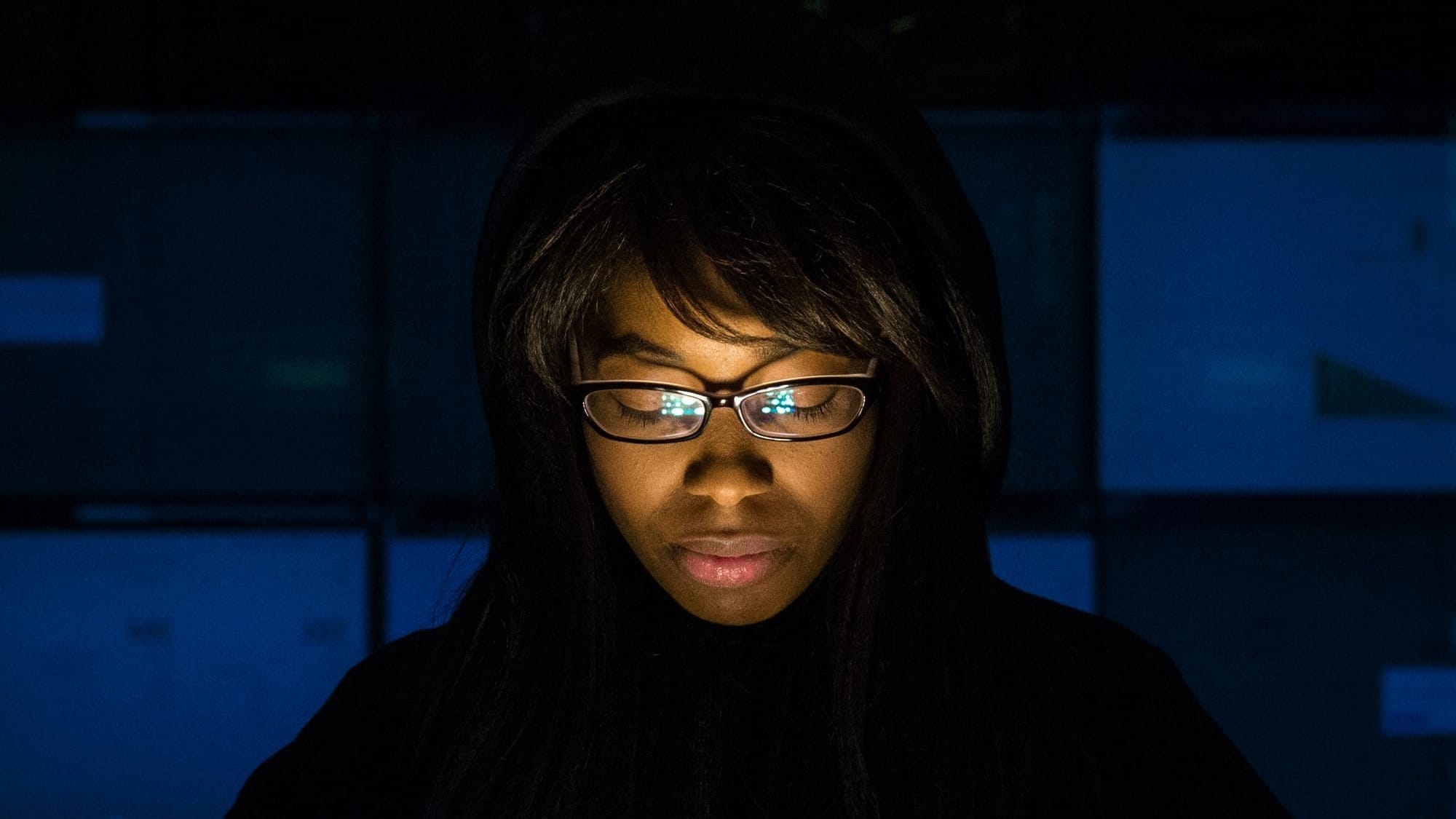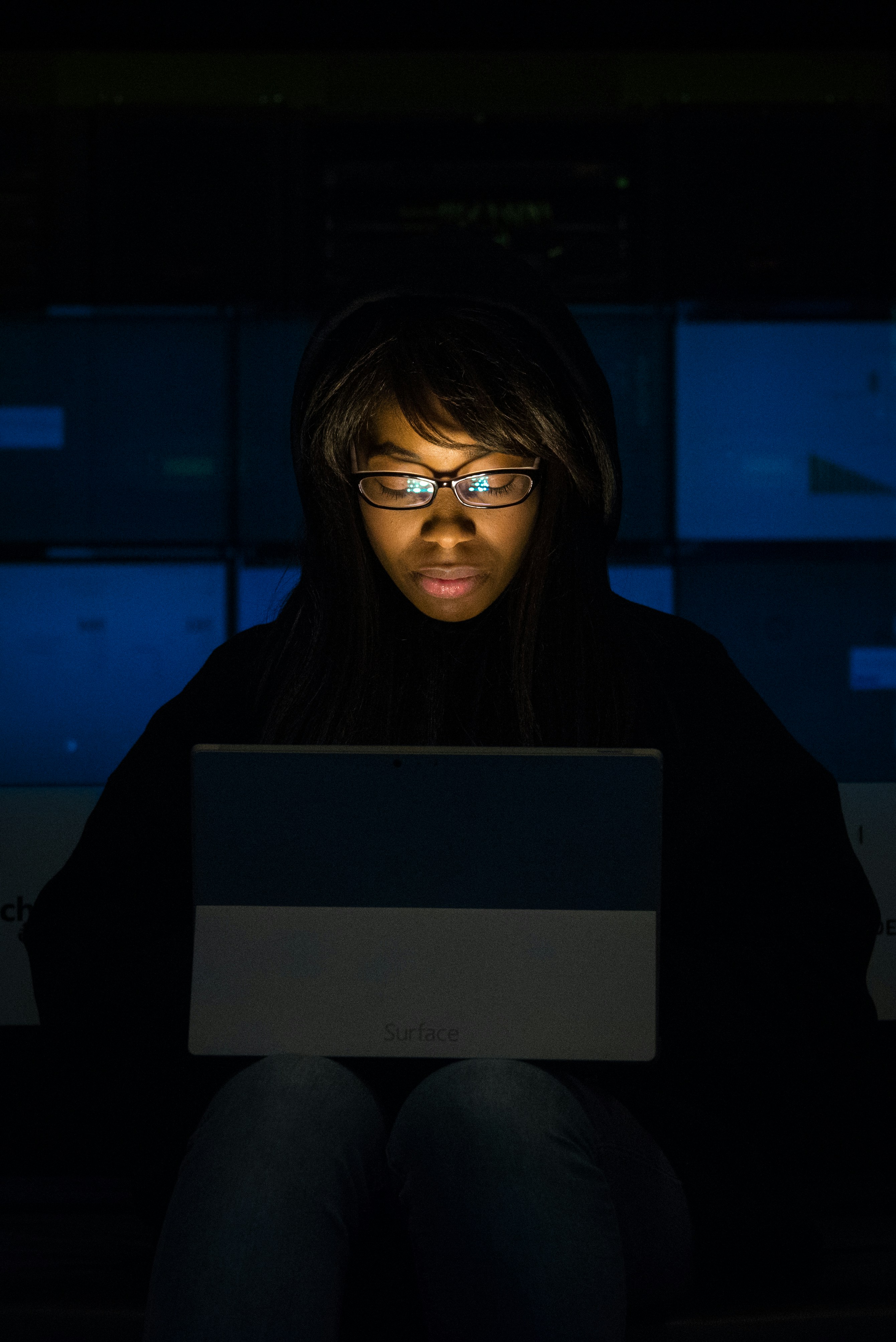From Segregation to Underfunding: The Lasting Legacy of Unequal Education in Philadelphia
Although Philadelphia schools officially desegregated in the 20th century, Black students today still face resource disparities, school closures, and systemic neglect.
Although Philadelphia schools officially desegregated in the 20th century, Black students today still face resource disparities, school closures, and systemic neglect. In 2012, the School District of Philadelphia closed six schools. By the end of 2013, 30 schools had been shut down across the city due to a $1.35 billion deficit. Most of the closures occurred in West and North Philadelphia—home to large Black and Latino populations living well below the poverty line. Yet, somehow, the Northeast, which has a 58% white population, saw no closures at all.
The discussion around how and why this happened is starkly Black and white—literally. Philadelphia’s public education system continues to uphold systemic and racial biases, blocking the path to equitable and adequate education for a city that, as of 2025, is predominantly Black and brown. Parents and children from the North and West of the city were seen in tears, pleading with the district to reconsider. Meanwhile, families in the Northeast packed their children’s lunches and sent them to the same neighborhood schools they’ve always attended—untouched and uninterrupted.
An article titled Delay and Neglect: Negro Public Education in Antebellum Philadelphia, 1800–1860 by Harry C. Silcox reveals just how deeply racism is embedded in the city’s educational foundation. One key takeaway: they actively chose to fund and build modern schools exclusively for white children. Since the 19th century, Black children in Philadelphia have received the scraps of the educational system. Black parents have been petitioning, demanding, and protesting for equal access to quality education since the 1800s. Over time, they’ve been told to be grateful for hand-me-down facilities once deemed unfit for white students. The communal demand for equity fell on deaf ears then—and it still does now. The city's broken public education system is a story of neglect and willful ignorance.
Silcox’s work also highlights the issue of enrollment in the 19th century. Back then, families opted out of public education due to the demands of the Industrial Revolution, as factories across Philadelphia pulled children into the workforce. Today, the reasons have changed, but low enrollment persists. COVID-19 dealt a heavy blow, and more educational options have emerged outside the traditional public school model. Parents cite a lack of student support, underfunding, and being ignored by school leaders as additional reasons to look elsewhere. Strikingly, these concerns mirror those from nearly two centuries ago—especially for Black families.
A 2023 article, "Most Philly schools were found in 'poor' or 'unsatisfactory' condition before district paused assessments, per new analysis," revealed some of the most alarming data to date. That headline alone should have been enough to stop everything and spur immediate change. The article reported that 40% of assessed school buildings were rated "unsatisfactory" in structure and instructional quality. Parents interviewed expressed a desire for teachers and students to be part of the assessment process, rather than relying on outside consultants. Black mothers have been calling for safe, dignified learning environments for their children since the 1800s—and they are still waiting.
Unequal, underfunded public education in Philadelphia isn’t new—it’s the norm. While little evidence suggests transformative change is on the horizon, families continue to navigate the system as best they can. For some, that means turning to charter schools or digital learning models. Despite the structural challenges laid bare by studies, history, and lived experience, the resilience of Black and brown families in Philadelphia remains unmatched. Even when the very system meant to serve them continues to fall short.





